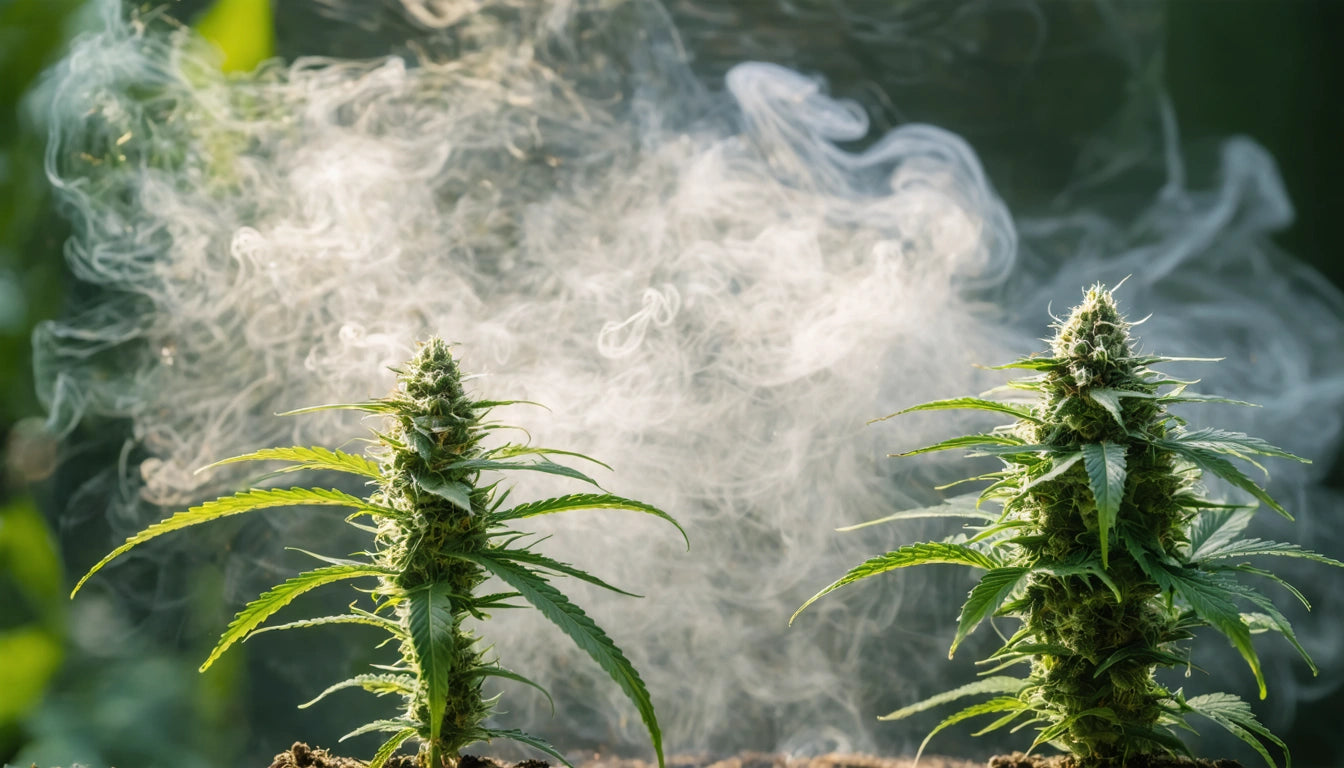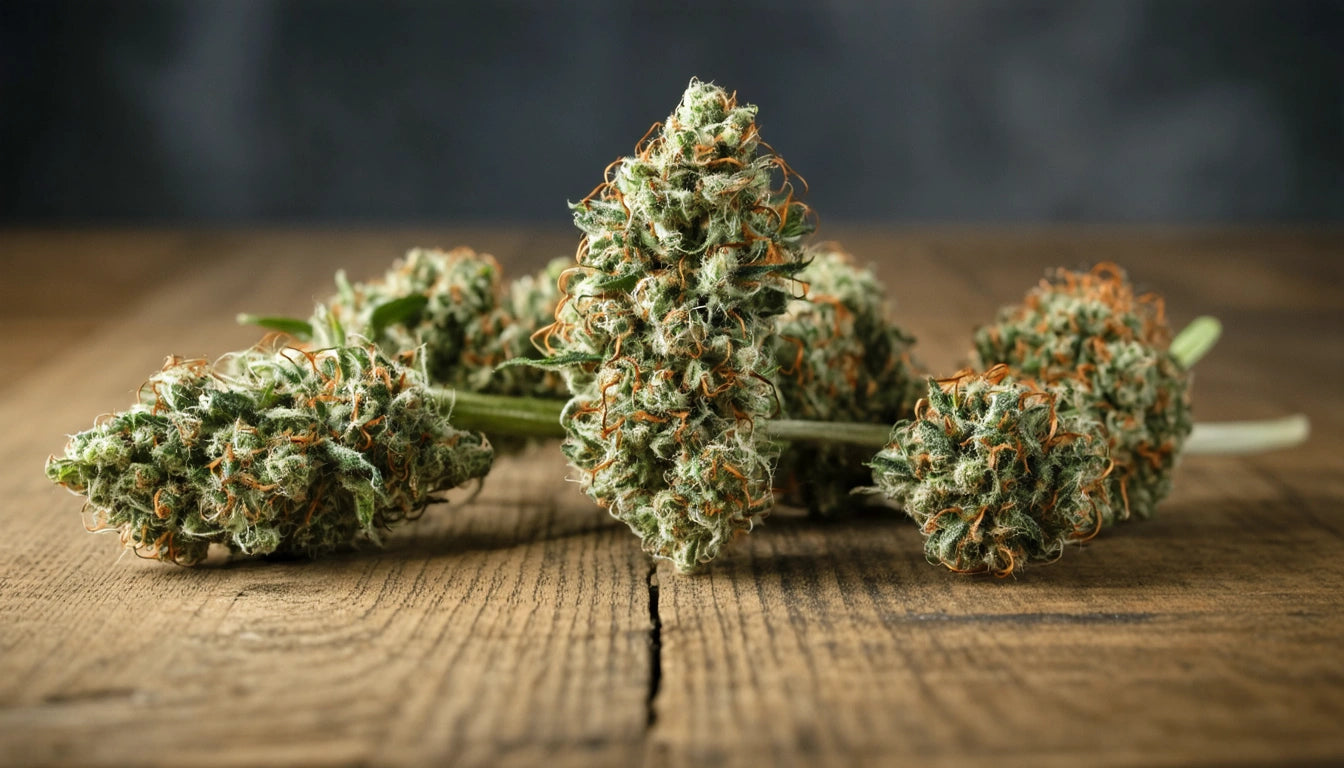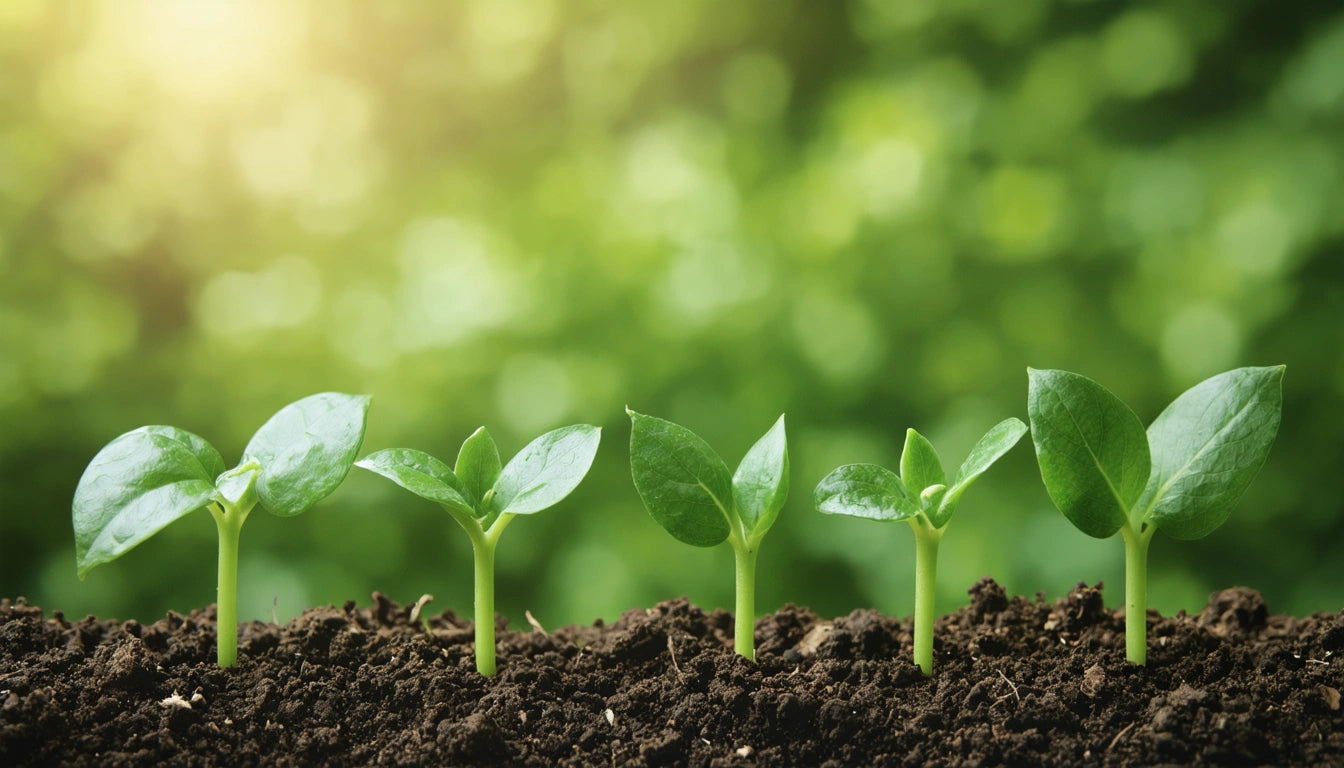Table of Contents
Optimal Humidity Levels for Growing, Drying, Curing, and Storing Cannabis
Controlling humidity throughout the cannabis lifecycle is crucial for developing potent, flavorful, and mold-free products. Each stage requires specific humidity levels to optimize plant health, terpene preservation, and overall quality. Understanding these requirements helps cultivators maximize their harvest potential while avoiding common moisture-related issues.
Humidity Requirements During Cannabis Growth Stages
Cannabis plants have distinct humidity needs that change as they mature through their lifecycle. Following these guidelines helps ensure healthy development at each stage.
Seedling Stage (70-75% Relative Humidity)
Young cannabis plants thrive in high humidity environments. The best humidity for seedlings ranges from 70-75% because their root systems are still developing, and they absorb much of their moisture through their leaves. This higher humidity prevents excessive transpiration and supports vigorous early growth.
Vegetative Stage (50-70% Relative Humidity)
As plants enter the vegetative phase, the best humidity for vegetative stage weed gradually decreases from 70% down to about 50% as the plants mature. This reduction encourages stronger stem development and prepares plants for flowering. During this stage, plants develop their structural foundation and leaf mass, requiring balanced moisture levels to support photosynthesis without promoting mold or mildew.
Flowering Stage (40-50% Relative Humidity)
The best humidity for flowering stage weed is considerably lower than earlier phases. Maintaining 40-50% humidity helps prevent bud rot while still supporting resin production. In the final weeks of flowering, some growers reduce humidity even further to 40-45% to maximize resin production and minimize the risk of mold.
Optimal Humidity for the Drying Process
After harvesting, proper drying is essential for preserving cannabinoids and terpenes while preventing mold growth. Optimal drying conditions balance between drying too quickly (which degrades terpenes) and too slowly (which risks mold).
Initial Drying Phase (55-60% Relative Humidity)
The best humidity for drying weed starts at 55-60% with temperatures between 60-70 °F (15-21 °C). This environment allows moisture to escape gradually without shocking the plant material. The drying room should have gentle air circulation without direct fans blowing on the buds.
Late Drying Phase (45-50% Relative Humidity)
As drying progresses, the best humidity for drying buds decreases slightly to 45-50%. This reduction helps remove deeper moisture from the buds while preserving the essential oils. The entire drying process typically takes 7-10 days when done properly, with stems snapping rather than bending when ready for curing.
For those working with autoflowers, specific humidity protocols may help optimize their unique growth and drying characteristics.
Curing Cannabis: Humidity Control for Quality
Curing is perhaps the most crucial phase for developing flavor and ensuring long-term storage stability. This process allows chlorophyll to break down while preserving terpenes and cannabinoids.
Early Curing Phase (58-62% Relative Humidity)
The best humidity to cure weed falls between 58-62%, maintained inside sealed containers. At this humidity level, beneficial aerobic bacteria break down remaining sugars and chlorophyll without allowing anaerobic bacteria to produce ammonia compounds. Jars should be opened daily ("burping") to release excess moisture and refresh the air.
Extended Curing (55-62% Relative Humidity)
For long-term curing beyond the first two weeks, what humidity for weed in jars remains important. Maintaining 55-62% humidity allows the curing process to continue gradually, enhancing flavor and smoothness. Many cultivators use specialized humidity control products in their containers to maintain these precise levels without daily monitoring.
Long-Term Storage: Maintaining Ideal Humidity
Proper storage extends shelf life and preserves potency, flavor, and aroma. Controlling humidity during storage is essential for preventing both mold growth and terpene degradation.
Optimal Storage Conditions (58-62% Relative Humidity)
The best humidity for storing weed mirrors the curing range of 58-62%. This level prevents buds from drying out while also inhibiting mold growth. What humidity should weed be stored at depends somewhat on climate and storage duration, but this range works well for most situations.
For long-term storage of cured cannabis, the best humidity for cured weed remains consistent with proper curing levels. Glass containers with airtight seals stored in cool, dark places provide optimal conditions for maintaining quality over time.
Essential Tools for Cannabis Humidity Management
Several tools help cultivators maintain precise humidity levels throughout the cannabis lifecycle:
- Hygrometers: Digital or analog devices that measure relative humidity in growing spaces, drying rooms, and storage containers
- Humidifiers/Dehumidifiers: Equipment that adds or removes moisture from the air to maintain target humidity levels
- Humidity Control Packs: The best humidity packs for bud maintain specific relative humidity levels (typically 58% or 62%) inside storage containers
- Environmental Controllers: Automated systems that monitor and adjust humidity based on programmed parameters
When considering humidity packs, many cultivators ask: will humidity packs rehydrate weed? Most two-way humidity control products can both add and remove moisture to maintain target levels, making them useful for both overly dry and overly moist cannabis.
Regional Humidity Considerations for Cannabis Cultivation
Climate significantly impacts cultivation strategies, particularly regarding humidity control. Different regions present unique challenges for maintaining optimal conditions.
Humid Climate Adaptations
In naturally humid environments, cultivators must focus on dehumidification and air circulation. The best cannabis plants for warm and humid conditions are typically mold-resistant strains with good air flow between branches. These regions often require robust dehumidification systems, particularly during flowering, to prevent bud rot and powdery mildew.
Arid Climate Considerations
In dry climates, maintaining adequate humidity during early growth stages presents the primary challenge. Humidifiers, misting systems, and larger water reservoirs for transpiration can help achieve the best humidity for weed growth in these conditions. During drying and curing, naturally dry environments may require humidity-adding technologies to prevent cannabis from drying too quickly.
Learning proper techniques for adjusting cannabis moisture content can help address regional humidity challenges throughout the cultivation process.
By understanding and controlling humidity throughout each phase of cannabis cultivation, processing, and storage, growers can significantly improve quality, potency, and shelf life of their final product. The investment in proper humidity management equipment and monitoring pays dividends in the form of premium cannabis with enhanced flavor profiles and preserved cannabinoid content.











Leave a comment
All comments are moderated before being published.
This site is protected by hCaptcha and the hCaptcha Privacy Policy and Terms of Service apply.